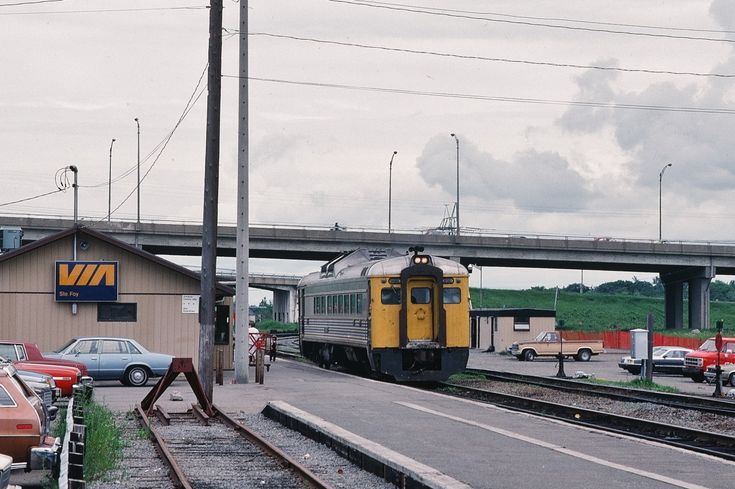
Introduction
Via Rail Canada has long been an integral part of the country’s transportation fabric, providing crucial connections across the vast Canadian landscape. As a crown corporation, its mission extends beyond just transporting passengers; it aims to promote sustainable travel, economic growth, and stimulate tourism. Recent developments within Via Rail highlight its importance in addressing modern challenges in transportation, amid rising concerns about climate change and urban congestion.
Recent Developments
In a stride toward modernization, Via Rail announced an ambitious plan to invest CAD 1.5 billion in infrastructure and new train acquisitions over the next five years. This investment is aimed at improving passenger experience, increasing service frequency, and upgrading aging rail infrastructure. The launch of their new fleet, expected by 2025, will include state-of-the-art technology that focuses on energy efficiency and passenger comfort.
Moreover, Via Rail is expanding its routes to better serve Canadians in remote areas. In September 2023, the company unveiled a pilot route that connects urban centers and smaller towns in Ontario and Quebec. This expansion hopes to foster regional connectivity, encouraging local tourism while reducing carbon footprints compared to car travel.
Impact on Sustainability
Environmental sustainability plays a pivotal role in Via Rail’s future strategy. According to recent reports, rail travel emits up to 70% less greenhouse gas per passenger kilometer than cars and airplanes, making it a key player in Canada’s fight against climate change. As the travel industry continues to prioritize eco-friendly practices, Via Rail’s commitment to electrifying certain routes and reducing emissions aligns perfectly with national goals for lowered carbon footprints by 2030.
Conclusion
As Via Rail Canada embarks on this new chapter marked by significant investment and sustainable practices, it underscores the critical role of rail travel in modern Canada. With ongoing developments aimed at improving service and accessibility, Canadians are poised to benefit from a more efficient, reliable, and environmentally conscious mode of transportation. The company’s future plans not only reinforce its relevance but may also inspire a shift in travel preferences, encouraging more people to take to the tracks instead of the roads. In the face of current challenges surrounding climate change and urban congestion, the importance of Via Rail as a public transportation alternative continues to grow, ultimately shaping the future of rail travel in Canada.



